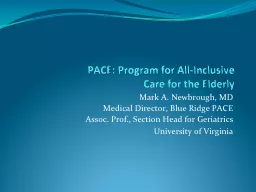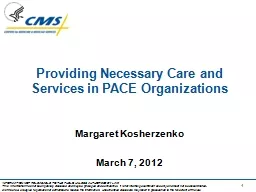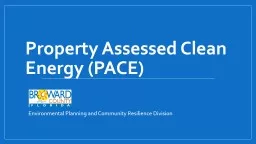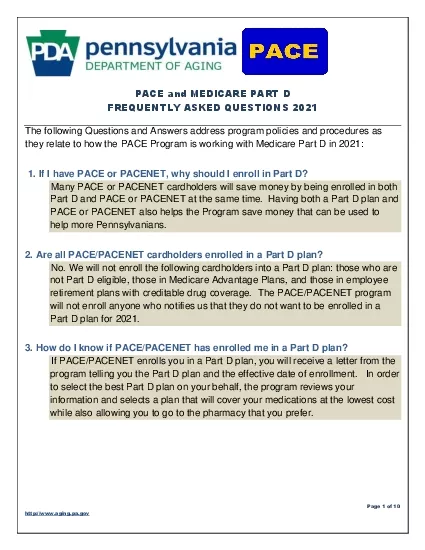PPT-PACE: Program for All-Inclusive
Author : briana-ranney | Published Date : 2015-10-16
Care for the Elderly Mark A Newbrough MD Medical Director Blue Ridge PACE Assoc Prof Section Head for Geriatrics University of Virginia Disclosure Blue Ridge PACE
Presentation Embed Code
Download Presentation
Download Presentation The PPT/PDF document "PACE: Program for All-Inclusive" is the property of its rightful owner. Permission is granted to download and print the materials on this website for personal, non-commercial use only, and to display it on your personal computer provided you do not modify the materials and that you retain all copyright notices contained in the materials. By downloading content from our website, you accept the terms of this agreement.
PACE: Program for All-Inclusive: Transcript
Download Rules Of Document
"PACE: Program for All-Inclusive"The content belongs to its owner. You may download and print it for personal use, without modification, and keep all copyright notices. By downloading, you agree to these terms.
Related Documents














